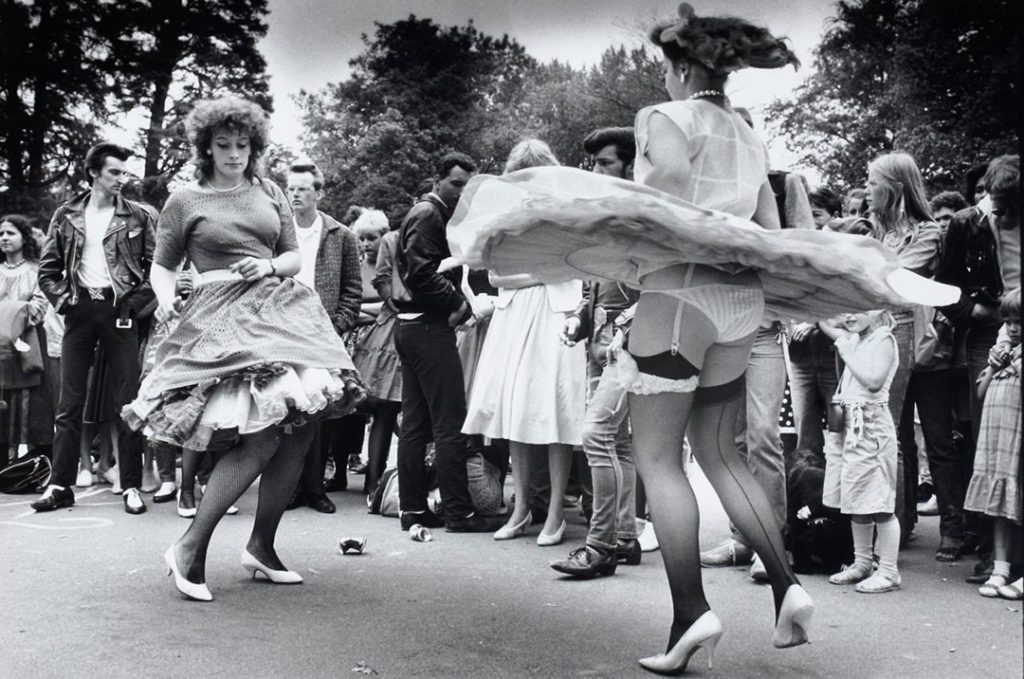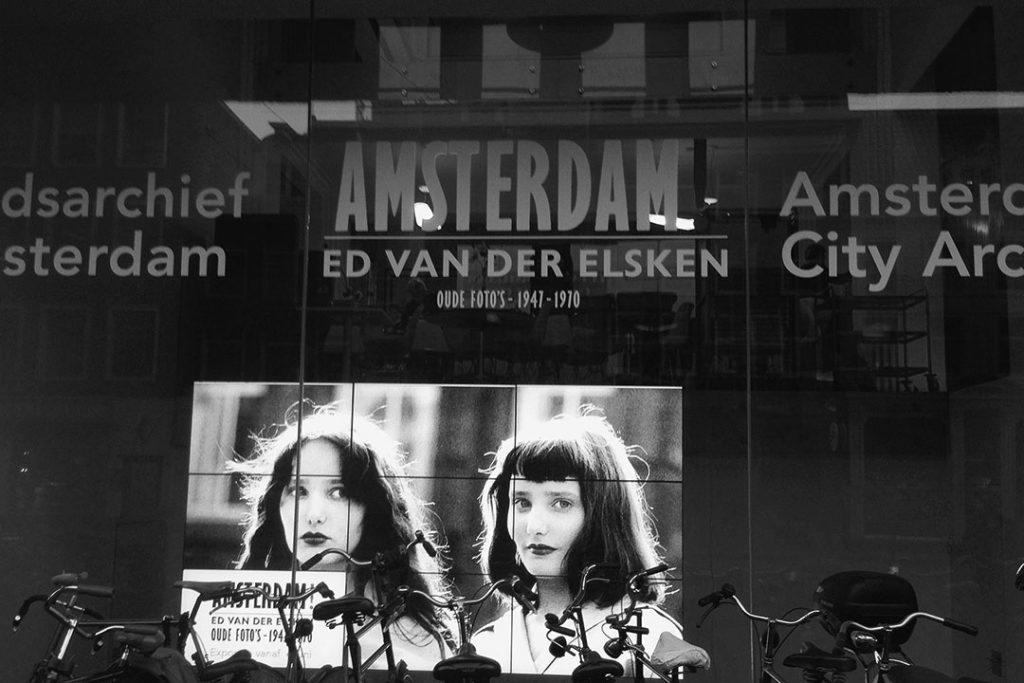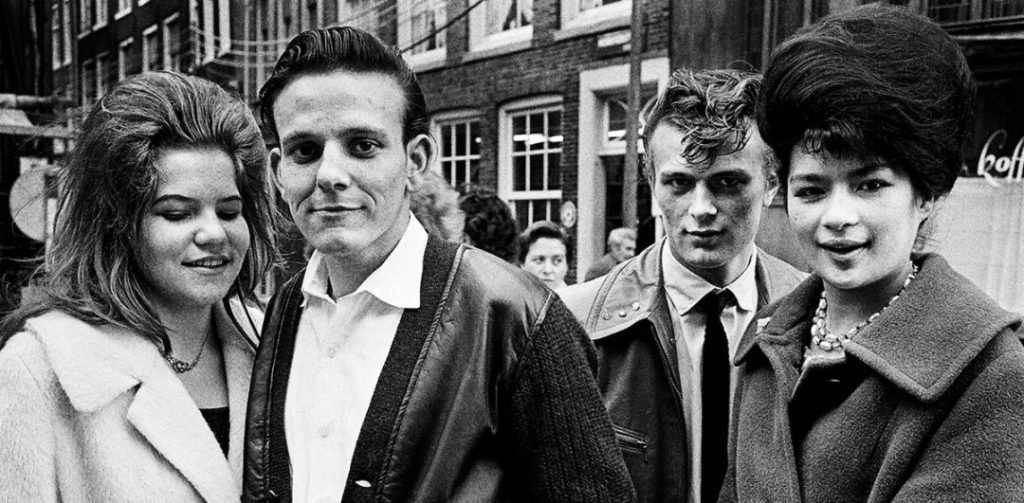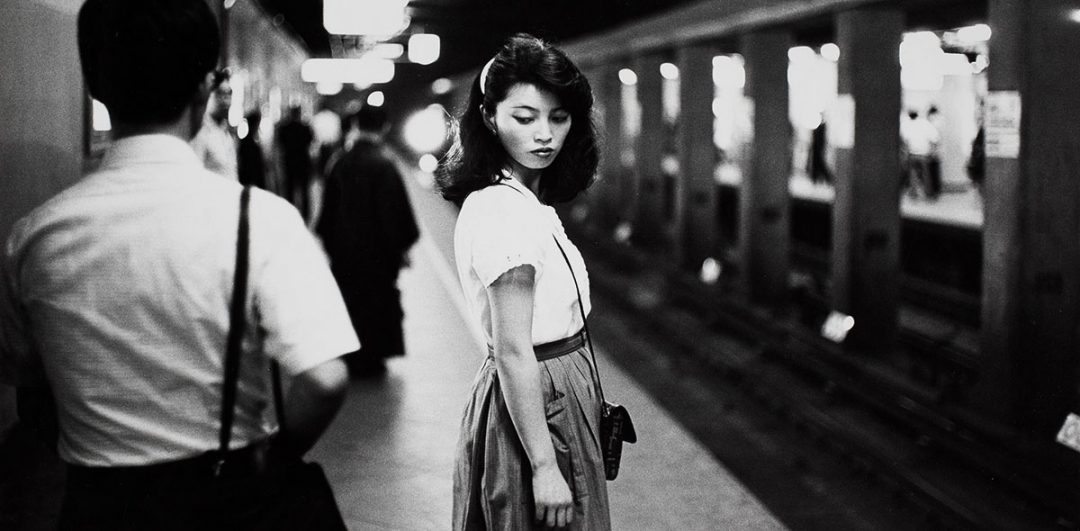Eduard “Ed” van der Elsken
was born in 1925. His work was both intimate and autobiographic in the sense of only shooting what interested him. Which is probably why he always insisted he was not a photojournalist. From the 40’s to the 70’s he dove into the imagery of love, sex, art, jazz, and alternative culture. A true Bohemian. And, yes, Grandma had a life,too. In 1937 he pursued being a “serious” artist,…a sculptor. It was a dream he was forced to cut short in order to escape the Nazi labor camps. After the war he discovered American photographer Weegee’s “Naked City.” His interest in photography was born. He spent his 50+ year career wielding his Nikon M Rangefinder, (Nikon hadn’t invented the SLR yet), Leica III and Rolleicord IV was long and somewhat illustrious. Yet he is rarely mentioned outside of his home country,…the Netherlands.

A Leica III, a Nikon and a Rolleicord
At the suggestion of a fellow Dutch photographer, he moved to Paris. He got employment in the darkrooms of the Magnum photography agency, printing for the likes of Henri Cartier-Bresson, Robert Capa and Ernst Haas. Henri Cartier-Bresson saw his work and was impressed. He also met fellow photographer Ata Kando, who he married. A Leica III was actually one of the new 35mm’s at the time.

But Ata Kando was a very principled documentary photographer who worked in the forests of the Amazon, recording the fast disappearing indigenous tribes. Her dedicated work was a great influence on Van der Elsken. So, he left his newspaper reportage job, and became a magazine photojournalist, where full stories were the norm. It is said that the recording of the freaks and geeks of the day, spattered with sexual overtones and his own eccentric lifestyle was the inspiration for the work of Larry Clark, Nan Goldin and Wolfgang Tillmans. Even Edward Steichen used eighteen of the his images in a show in 1953.

Love on the Left Bank
His first book, “Love on the Left Bank”, was published in 1956, and was a very strong precursor to the books by the Larry Clark’s and Nan Goldin’s of the world. Even though it was a different time and place, it was almost like these gritty tales of love and sex gave permission to future generations of photographers. Well, this was the bohemian Paris of the Henry Millers and Picassos of the time. The book was the first of some twenty Van der Elsken publications. It quickly sold out in Europe and the UK.

In 1957 thru 1960, Van der Elsken traveled extensively. West Africa, Hong Kong and Tokyo. Taking pictures non-stop all thru his travels. And in fact, all his three wives insisted he “slept with his camera”. It was rare indeed to catch him without a camera nearby. His first book is quite rare, and was sold out on it’s publication. But it was just one of twenty books he had published. Ed Van der Elsken was quite prolific. What would you expect of someone who “slept with his camera”.

Photography and Film
The cinematic qualities of his photography led to Van der Elsken’s subsequent experiments with, and parallel career in film. It was during this period that he worked prolifically, producing 14 of his books and 20 more films! His movie, “Death in the Port Jackson Hotel”, was considered a masterpiece done on 16mm film in 1972.

He sadly died in 1990 in the Netherlands. His last film project was the movie “Bye”, which documented his own demise from terminal prostate cancer. While not a household name, all those 70’s, 80’s and 90’s icons, from Larry Clark to Bettina Rheims owe a debt of gratitude to this prodigious and eccentric photographer.
Ed van der Elsken Website

